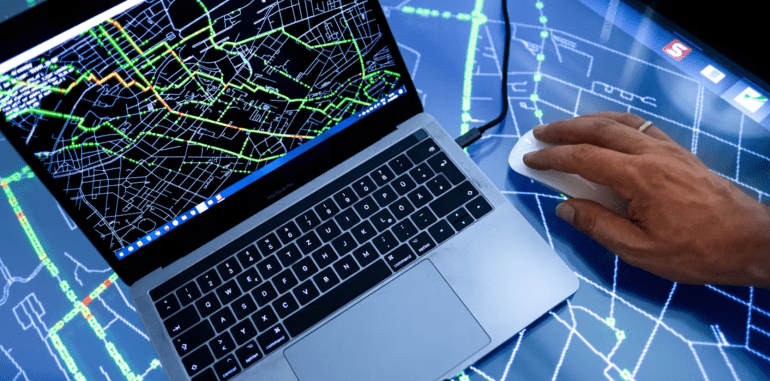- NATO prioritizes AI integration for geospatial intelligence (GEOINT) in response to evolving security landscape.
- Geospatial artificial intelligence (GeoAI) combines AI with geospatial data for enhanced analysis.
- Spatial machine learning and deep learning techniques empower automatic change detection and socio-economic analysis.
- Defense Innovation Accelerator for the North Atlantic (DIANA) fosters collaboration for advancing GeoAI capabilities.
- Emphasis on data sharing and interoperability among NATO members to enhance intelligence exploitation.
- Private industry partnerships crucial for driving innovation and integration in defense and intelligence sectors.
Main AI News:
The evolving global security landscape demands a strategic reevaluation of how NATO approaches geospatial intelligence (GEOINT). This imperative has led NATO to prioritize the integration of artificial intelligence (AI) and other cutting-edge technologies into its GEOINT framework, according to senior officials.
Geospatial intelligence, known as GEOINT, encompasses the acquisition and analysis of imagery and data from diverse sources such as satellites, radar, and drones. This information is then processed by experts to provide insights into geographical features and activities on Earth.
NATO’s Assistant Secretary General for Intelligence and Security, Scott Bray, emphasized the pivotal role of AI, or GeoAI, in reshaping the future of GEOINT during his keynote address at the annual GEOINT Symposium. GeoAI combines artificial intelligence with geospatial data analysis, offering innovative solutions to complex spatial challenges.
Bray highlighted the transformative potential of spatial machine learning algorithms and deep learning techniques, empowered by unprecedented computing capabilities. These technologies facilitate automatic change detection, socio-economic analysis, maritime safety, and cyber event analysis, among other applications, thereby enhancing the intelligence production cycle.
The Defense Innovation Accelerator for the North Atlantic (DIANA) initiative serves as a cornerstone for fostering collaboration between NATO members, commercial entities, and academic institutions in advancing GeoAI capabilities. Launched in 2022, DIANA aims to leverage emerging technologies for multinational cooperation and innovation.
Despite significant strides through initiatives like DIANA, Bray underscored the importance of enhancing data sharing and interoperability among NATO members. He emphasized the urgency of rapid intelligence exploitation and sense-making in a dynamic security environment characterized by multifaceted challenges.
Bray stressed the indispensable role of private industry in driving innovation and integration within the defense and intelligence sectors. He called for deeper partnerships between NATO and private industry players to strengthen defense and intelligence capabilities, ensuring peace and stability in an era marked by geopolitical uncertainties.
As NATO adapts to the evolving security landscape, Bray emphasized the imperative of collective action and integration among allies and industry partners. In the face of ongoing conflicts and geopolitical complexities, strategic collaboration and technological innovation are essential for safeguarding peace and stability in Europe and beyond.
Conclusion:
The integration of AI into NATO’s geospatial intelligence framework signifies a paradigm shift in defense and intelligence operations. This move not only enhances intelligence production capabilities but also underscores the importance of collaboration between public and private sectors. As NATO embraces advanced technologies, the market can expect increased demand for innovative solutions in defense and intelligence sectors, presenting opportunities for industry players to contribute to global security efforts.

